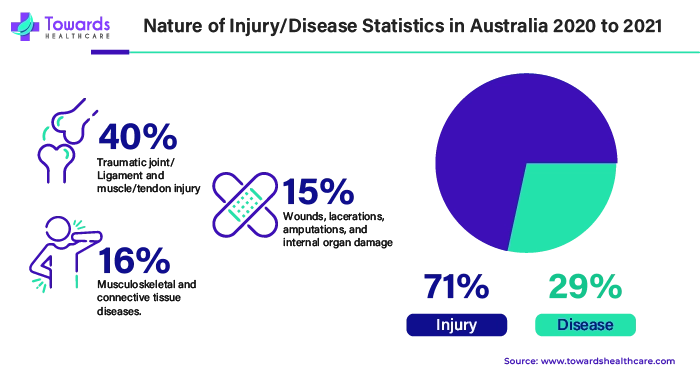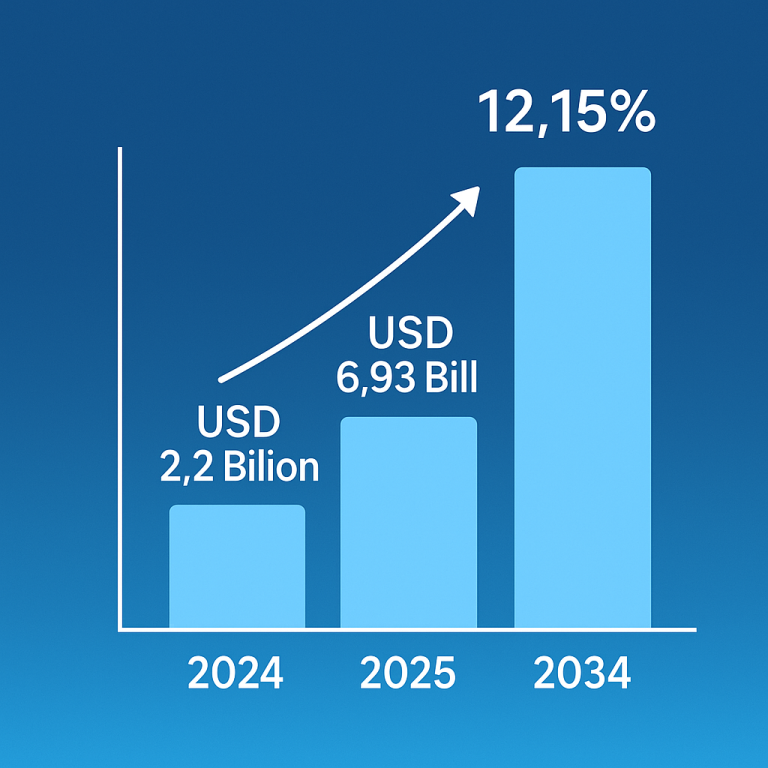
Tendonitis, a condition characterized by inflammation and irritation of the tendons, poses a significant concern for individuals engaged in sports and occupations involving repetitive movements. In this comprehensive guide, we delve into the intricate relationship between increased participation in sports and the heightened risk of developing tendonitis. Drawing upon recent research and industry insights, we explore the multifaceted factors contributing to the prevalence of tendon-related injuries and the growing demand for effective treatment options.
The Impact of Sports Participation on Tendon Health
Tendons: Vital Connectors in Physical Activity
Tendons, resilient connective tissues responsible for transmitting force from muscles to bones, play a crucial role in facilitating movement and athletic performance. However, the repetitive stress and strain imposed during sports activities can subject tendons to excessive wear and tear, predisposing individuals to the development of tendonitis. With over 32 million tendon-related injuries reported annually among athletes and sports enthusiasts, the prevalence of tendinopathies underscores the need for proactive measures to mitigate risk factors and promote tendon health.
Rising Trends in Sports-Related Injuries
The burgeoning popularity of sports and recreational activities has led to a surge in sports-related injuries, including tendonitis. According to the National Safety Council (NSC), exercise equipment accounted for a significant portion of injuries in 2022, highlighting the pressing need for injury prevention strategies and effective treatment modalities. As more individuals embrace an active lifestyle, the incidence of tendonitis is poised to escalate, necessitating comprehensive interventions to address the underlying causes and alleviate symptoms.
Innovations in Tendonitis Treatment
The landscape of tendonitis treatment is evolving with the introduction of innovative therapies and medical advancements. Recent developments, such as the launch of SportVis by Pendopharm, offer promising solutions for individuals suffering from soft tissue injuries. SportVis, a hyaluronic acid treatment endorsed by Health Canada, provides effective pain relief and accelerates the rehabilitation process, enabling patients to resume their activities with minimal downtime. As the demand for non-invasive treatment options grows, the availability of cutting-edge interventions underscores the importance of timely diagnosis and intervention in managing tendonitis.
For any queries, feel free to reach us @ https://www.towardshealthcare.com/personalized-scope/5135
Occupational Factors Contributing to Tendonitis Risk
Occupational Hazards and Tendon Health
Beyond sports participation, occupational exposure to repetitive movements and physical strain constitutes a significant risk factor for tendonitis. Workers in industries such as construction, manufacturing, and data entry are susceptible to tendon injuries due to the repetitive nature of their tasks. Prolonged strain on specific tendons can lead to inflammation and degenerative changes, necessitating proactive measures to mitigate workplace hazards and promote musculoskeletal health.
Ergonomics and Injury Prevention
Employers play a pivotal role in fostering a safe and ergonomic work environment conducive to employee well-being. By implementing ergonomic tools and conducting training on proper workplace practices, organizations can reduce the risk of occupational injuries and enhance productivity. Regular breaks, stretching exercises, and ergonomic adjustments mitigate the adverse effects of repetitive motion, empowering workers to safeguard their musculoskeletal health and minimize the incidence of tendonitis.
Early Intervention and Rehabilitation
Timely intervention is paramount in managing tendonitis and preventing long-term complications. Recognizing the early warning signs and seeking medical advice can facilitate prompt diagnosis and tailored treatment plans. Corticosteroid injections, commonly used to alleviate pain and inflammation associated with tendonitis, offer symptomatic relief and promote healing. However, judicious use and close monitoring are essential to mitigate potential side effects and optimize treatment outcomes.
Challenges in Tendonitis Diagnosis and Management
Complexities in Diagnosis
Accurately diagnosing tendon disorders poses a formidable challenge due to the overlapping symptoms and limitations of diagnostic tools. Tendonitis shares common clinical manifestations with other musculoskeletal conditions, necessitating a comprehensive evaluation to differentiate between various pathologies. While imaging modalities like X-rays and MRIs provide valuable insights, specialized expertise is required to interpret findings accurately and formulate an appropriate management plan.
Advancements in Diagnostic Techniques
Despite the inherent complexities, ongoing research endeavors aim to enhance our understanding of tendon biology and pathology. By leveraging advanced imaging techniques and molecular diagnostics, clinicians can achieve greater precision in diagnosing tendonitis and monitoring treatment response. Additionally, interdisciplinary collaboration and knowledge sharing contribute to the development of standardized diagnostic protocols, enabling healthcare providers to deliver optimal care to patients with tendon disorders.
The increased risk of tendonitis associated with sports participation and occupational hazards underscores the importance of proactive injury prevention strategies and evidence-based interventions. By promoting awareness, implementing ergonomic practices, and leveraging innovative treatment modalities, stakeholders can mitigate the burden of tendon-related injuries and improve the quality of life for affected individuals. As we continue to advance our understanding of tendon health and rehabilitation, collaborative efforts across disciplines will pave the way for enhanced patient outcomes and long-term musculoskeletal wellness.
Recent Developments in Equine Injury Treatments
In the dynamic landscape of equine medicine, advancements continue to push the boundaries of what’s possible in treating injuries in horses. Recent breakthroughs in April 2022 and September 2021 have brought two innovative treatments to the forefront, offering hope and healing for horses suffering from tendon and ligament injuries.
Boehringer Ingelheim’s RenuTrend: Revolutionizing Equine Therapy
Boehringer Ingelheim, a global leader in animal health, has made a significant stride in equine therapy with the release of RenuTrend. This groundbreaking treatment, introduced in April 2022, marks a new era in the management of tendon and ligament injuries in horses.
RenuTrend stands out as the first of its kind in Europe, offering a novel approach to treating these common equine ailments. Unlike traditional methods, which often involve lengthy rehabilitation periods and uncertain outcomes, RenuTrend provides a cutting-edge solution that targets the root cause of the injury with precision.
How RenuTrend Works
At the heart of RenuTrend’s efficacy lies its innovative delivery mechanism. The treatment is administered through a direct injection into the affected area, allowing for targeted delivery of therapeutic agents precisely where they are needed most. This localized approach maximizes the effectiveness of the treatment while minimizing the risk of adverse side effects.
Furthermore, RenuTrend complements Boehringer Ingelheim’s existing portfolio of stem cell treatments for horses, offering veterinarians and horse owners a comprehensive suite of options for managing equine injuries.
Stryker’s Citrelock Tendon Fixation Device System: Pioneering Tendon Repair
In September 2021, Stryker, a renowned name in medical technology, introduced the Citrelock Tendon Fixation Device System, revolutionizing the field of equine orthopedics. This innovative device represents a significant leap forward in the treatment of damaged tendons, providing a safe and effective solution for horses in need.
The Science Behind Citrelock
Central to the Citrelock system is its unique design, which utilizes a specialized thread composed of materials such as citrate, calcium, and phosphate. These components play a crucial role in bone healing, promoting tissue regeneration and accelerating the recovery process.
Unlike traditional tendon repair methods, which can exacerbate existing damage, the Citrelock system offers a minimally invasive approach that minimizes trauma to surrounding tissues. This results in faster healing times and improved outcomes for horses undergoing treatment.
To own our Premium Research study instantly, Click here @ https://www.towardshealthcare.com/price/5135
Unlock Infinite Advantages: Subscribe to Annual Membership
Read more about tendonitis treatment market:



